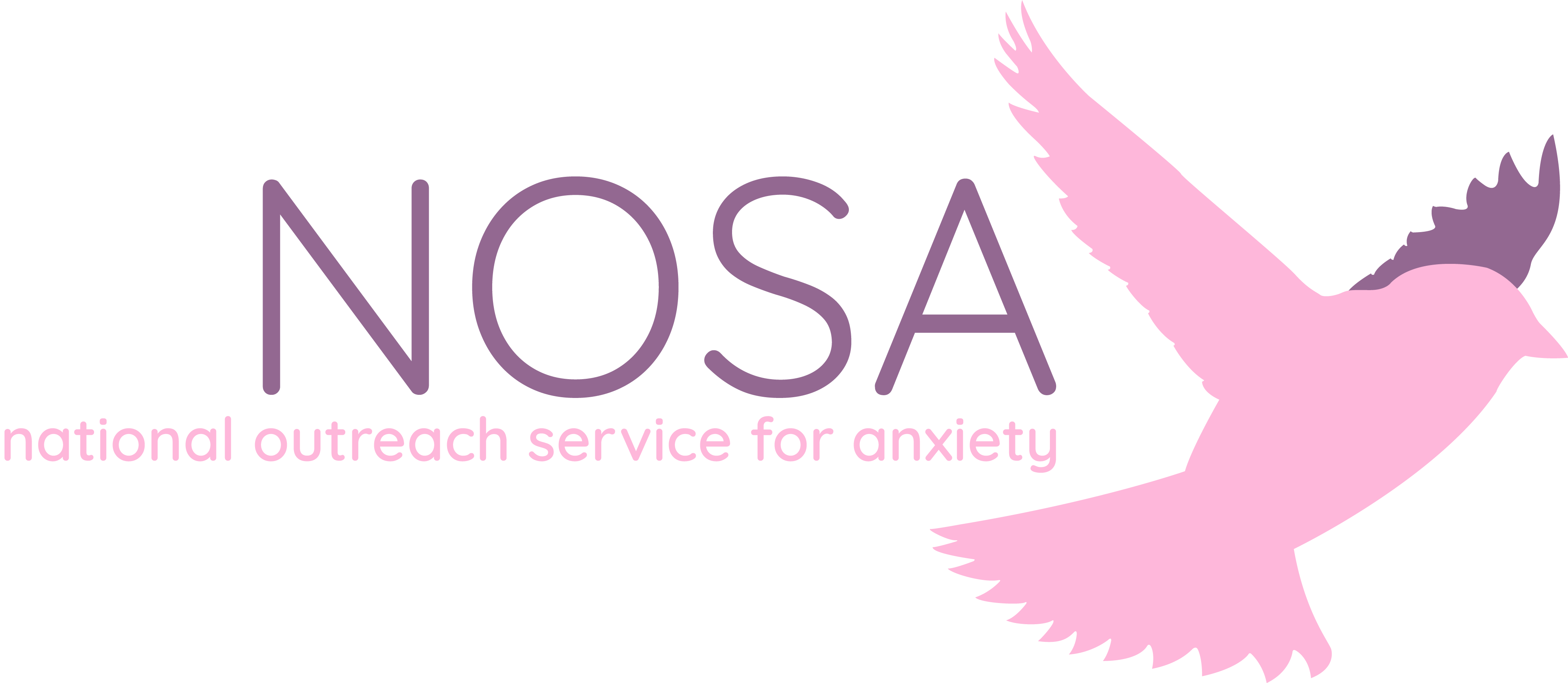Specific phobias
People can develop fears about a wide range of things, from common situations to unique objects or experiences. But when does a fear become a phobia? A phobia is an irrational fear of a specific situation or object that triggers an extreme anxiety response. This response can be severe, often including symptoms of panic such as a racing heart, sweating, dizziness, or shaking. Phobias occur because the brain perceives the fear as a threat to the person’s survival, activating the body’s natural fight-or-flight response. While some people can manage their phobias by avoiding the trigger, others find that their fears significantly impact their ability to engage with everyday life. For those individuals, seeking phobia treatment in Bristol can help them regain control and reduce the impact of their fears.

